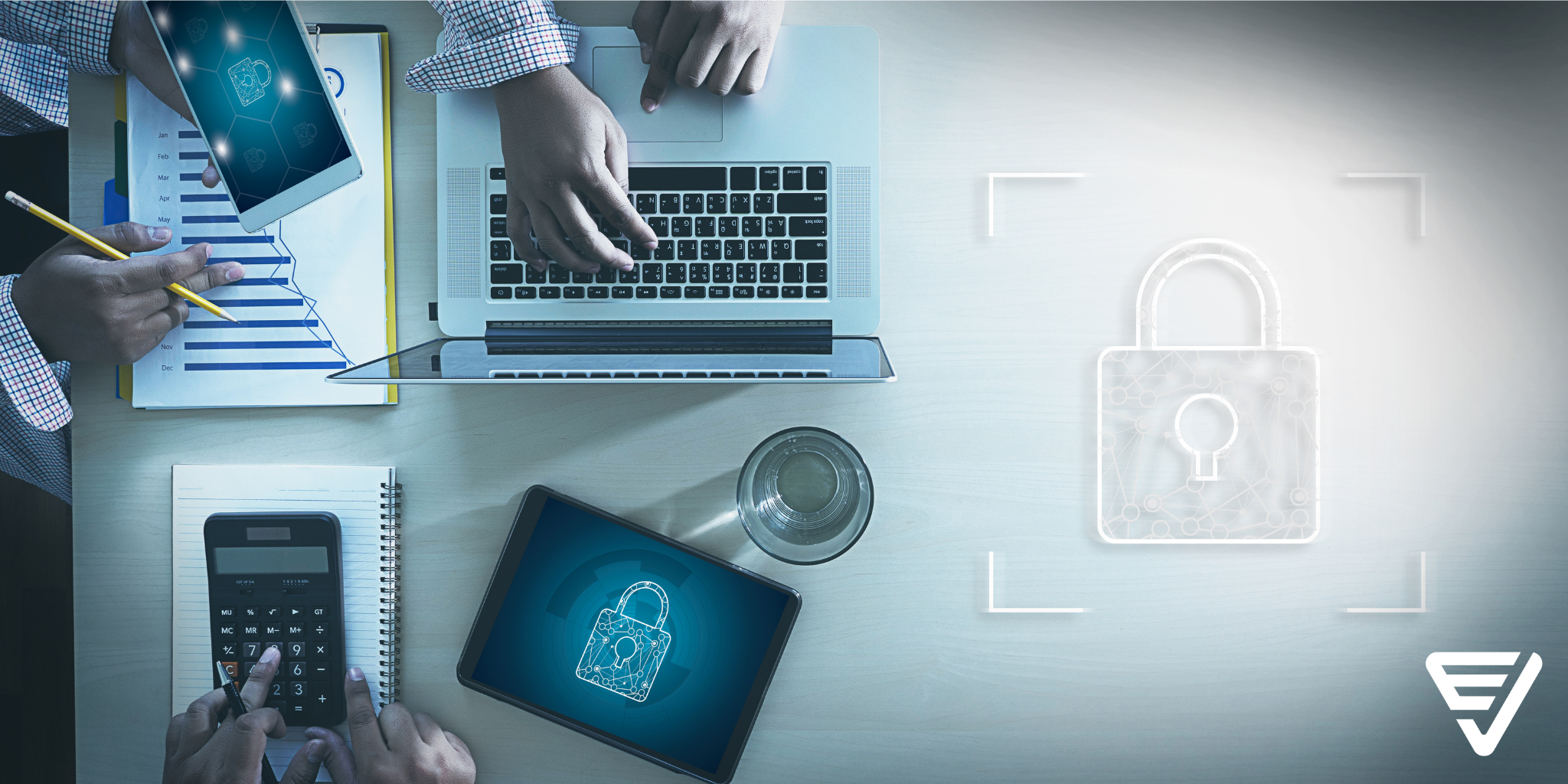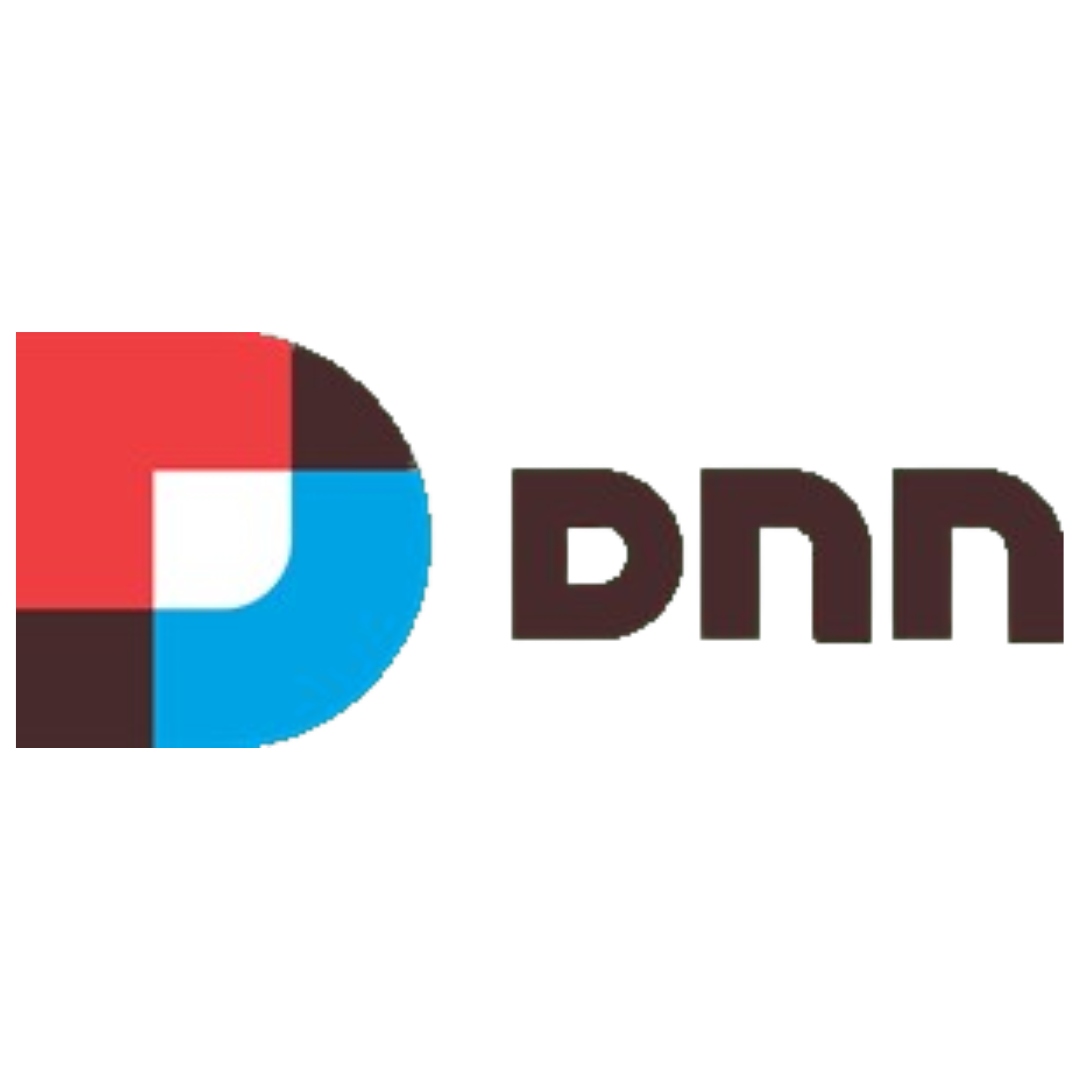
13 Security Practices For Your Application
Application Security is so important with all these modern advancements in technologies coming up. You can not deny the power of security because confidentiality is paramount in our field, don’t you agree? Who knows if the app you are using is secure enough with the information you give it? But we got you! This blog puts a glance at security measures that you can take on your applications before it’s too late. Here, you’ll get all the knowledge about protecting your applications from emerging cyber threats.
Practices to Secure Your Application
Take a journey to fortify your digital citadel with these essential security measures for your application, ensuring robust protection against evolving cyber threats and safeguarding the integrity of your online assets.
1. Inventory of Applications
Conduct a comprehensive inventory of all the components that exist within your application. Identify and document the software, hardware, and data assets involved. You need to regularly update this inventory to ensure awareness of all the elements in the ecosystem of your apps that help you spot vulnerabilities and weaknesses that could be exploited by potential threats. This approach to inventory management forms a cornerstone of effective security planning and risk mitigation in your application. By maintaining an up-to-date inventory, you not only enhance its security but also streamline its future updates and modifications.
2. Encryption and Data Transmission
Keep all the tasks aside for a while and prioritize secure data transmission by implementing robust encryption protocols. Use all the industry-standard encryption algorithms for safeguarding information during transit. It doesn’t matter if your data is exchanged between servers, devices, or users, employing end-to-end encryption ensures the data remains intercepted, indecipherable, and secure. By consistently enforcing encryption standards, you build a culture of data protection that enhances the trustworthiness of your application among users and stakeholders. Regularly auditing and updating encryption protocols strengthens your commitment in response to protecting your applications from evolving threats.
3. Role-Based Authorization
Apply a stringent authorization framework for controlling access to your application’s resources. You can employ a role-based access control (RBAC) for defining and enforcing user permissions that are based on their roles and responsibilities. Along with that, you need to review and update authorization settings to be aligned with the principle of least privilege that grants users access necessary for their specified tasks only. This continuous evaluation ensures that your application adapts to all the organizational changes that minimize the risk of authorized access and potential security breaches.
4. Configurable Firewall
Implement a strong perimeter defense with a robust firewall that monitors and controls incoming and outgoing network traffic. Configure the firewall that allows only legitimate and authorized communication that prevents unauthorized access to your application’s servers. It goes from having regular updates and patching the firewall to addressing any emerging threats and vulnerabilities that form a critical barrier against potential attacks. You need to periodically conduct thorough firewall audits and penetration testing that identifies and rectifies potential weaknesses that ensure your application’s ongoing resilience in the facet of evolving threats.
5. Conduct a Threat Assessment
Before taking the step of fortifying the walls of your digital fortress, it’s crucial to conduct a meticulous threat assessment. You can identify potential vulnerabilities and assess the risk landscape that surrounds your application. By understanding these specific threats, that your application might face, you can tailor your security measures to proactively address and mitigate these risks. You can regularly revisit and update your threat assessment to stay ahead of emerging cyber threats and ensure the ongoing resilience of your application.
6. Store a Data-Backup
Safeguarding your application requires more than just erecting barriers; it requires the safety of the net in the form of robust data backup practices. You need to regularly back up your critical data to mitigate the impact of unforeseen events like system failures, cyber-attacks, or data corruption. Implementing a reliable backup strategy that has both on-site and off-site storage options ensures that your application quickly recovers from any data loss event and resumes normal operations with minimal disruption.
7. Safe Coding Procedures
The base of a secure application lies in the code that powers it. You can incorporate a secure coding practice throughout the development lifecycle for preemptively addressing vulnerabilities. You can also train your development team on security best practices, conduct regular code reviews, and leverage automated tools that identify and rectify potential security flaws. By integrating security into the fabric of your code, you build a resilient defense against exploits and vulnerabilities that could be exploited by malicious actors.
8. Utilize Security Tools based on Cloud
In the era of digital interconnectedness, leveraging cloud-based security products adds an extra layer of protection to your application. Cloud security services offer advanced threat detection, monitoring, and response capabilities, bolstered by the scale and expertise of cloud providers. Integrate these services into your security strategy to benefit from real-time threat intelligence, proactive monitoring, and the agility to adapt to evolving cyber threats in the ever-changing landscape of the digital realm.
9. Use of SSL/TLS
Sensitive data must always be protected in transit, which requires using secure communication methods. Implementing SSL/TLS protocols encrypts data exchanged between users and your application, ensuring confidentiality and integrity. This cryptographic shield safeguards against eavesdropping and tampering attempts, instilling trust in your users. Regularly update and patch your SSL/TLS implementation to stay abreast of evolving encryption standards and address potential vulnerabilities, reinforcing the security of your application's communication channels.
10. Virtual Private Network (VPN)
Integrating a Virtual Private Network (VPN) into your application's security practices adds an extra layer of protection, particularly when accessing or transmitting sensitive data. VPNs establish secure, encrypted connections over the internet, shielding communication from potential eavesdropping and unauthorized access. Whether your application involves remote access to internal resources or user interactions across networks, implementing a VPN ensures that data traversing these connections remains confidential and secure, safeguarding both user privacy and the integrity of your application's data exchanges.
11. Integrate Captcha
Incorporating Captcha into your application serves as a frontline defense against automated bots and malicious scripts attempting to exploit vulnerabilities or conduct unauthorized activities. By requiring users to complete Captcha challenges, you mitigate the risk of automated attacks, such as brute-force login attempts or form submissions. This simple but effective security measure enhances the overall resilience of your application, ensuring that genuine users can access and interact with your services while thwarting automated threats seeking to compromise the integrity and functionality of your application.
12. Employ Cookie Security Flags
Cookie security flags play a pivotal role in fortifying your application against various web-based attacks. By implementing secure and HTTP-only flags on cookies, you enhance the protection of sensitive information exchanged between the client and server. The "Secure" flag ensures that cookies are only transmitted over encrypted (HTTPS) connections, mitigating the risk of interception, while the "HTTP-only" flag prevents client-side scripts from accessing cookies, reducing the likelihood of cross-site scripting (XSS) attacks. This meticulous management of cookies reinforces the overall security posture of your application, safeguarding user sessions and sensitive data.
13. App Transport Security (ATS)
Enforce App Transport Security (ATS) policies to secure data transmission between your mobile application and servers. ATS ensures that communication channels use secure protocols, such as HTTPS, and adhere to modern security best practices. By configuring ATS settings, you protect sensitive information exchanged during data transactions, reducing the risk of man-in-the-middle attacks and unauthorized access. Regularly review and update ATS configurations to align with evolving security standards and maintain a robust defense against potential vulnerabilities in data transport.
Things to do for Improving Application Security
In an era where digital innovation fuels our daily activities, safeguarding the security of our applications is paramount. Below, we outline practical things that can be taken to fortify the resilience of applications, ensuring a safer digital experience for all.
-
Ensure that your applications and software are regularly updated to the latest versions, as updates often include security patches that address vulnerabilities.
-
Use strong, unique passwords for each application and enable multi-factor authentication whenever possible to add an extra layer of security.
-
Install reputable antivirus and anti-malware software on your devices, and keep them updated to protect against viruses, malware, and other online threats.
-
Conduct regular security scans on your devices using built-in or third-party security tools to identify and eliminate potential threats.
-
Watch out for efforts at phishing that come via websites, emails, or messaging. Avoid clicking on suspicious links and verify the legitimacy of communication before sharing sensitive information.
In the dynamic realm of digital interactions, safeguarding application security is a shared responsibility. Developers, users, and stakeholders alike can contribute to a safer digital ecosystem. Prioritize regular updates, robust authentication, data backups, and fortified network defenses. By staying informed and proactive, we collectively strengthen our digital experiences. Let's navigate the evolving landscape with vigilance, ensuring our applications stand resilient against cyber threats. Together, we shape a secure digital future where innovation and safety coexist harmoniously.
You can also visit related blogs:


































































comments for "An Interview with Exavibes Services"
Leave a Reply